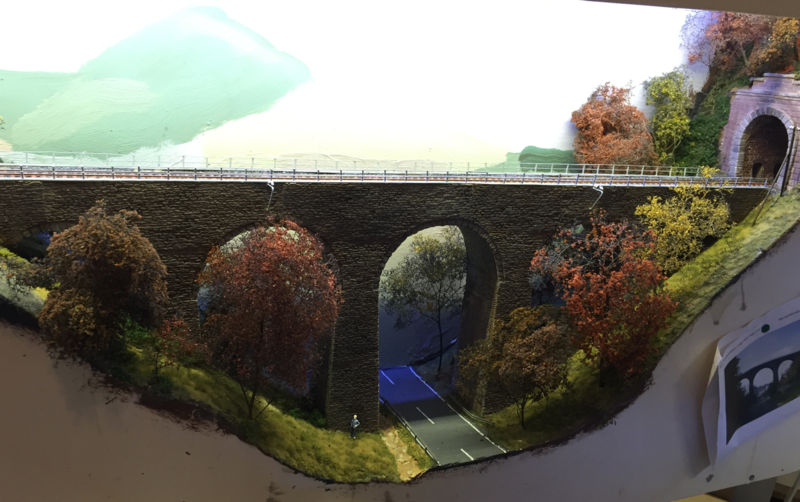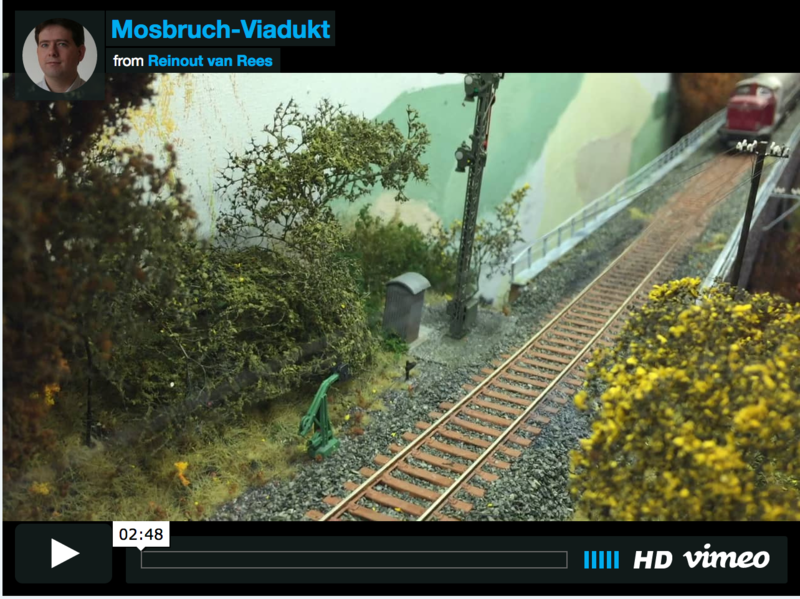Djangocon: thursday lightning talks¶
(One of my summaries of a talk at the 2018 european djangocon.)
Recording this conference with python and gstreamer - Peter Körner¶
He’s part of the CCC video team. Most of it is explained on https://c3voc.de/wiki
He showed diagrams of their wonderful setup, but I cannot possibly write that down :-)
The code is at https://github.com/voc/voctomix
You’re welcome to ask them questions!
Cosmic ray research - Arne de Laat¶
Arne used to work in astronomy on a project to do research on particles that result from supernova explosions. These particles can reach our athmosphere (“cosmic rays”).
HiSPARC, high school project on astrophysics research and cosmics. Simple measurement stations, build by the schools, to detect those cosmic rays.
One particle that hits the athmosphere hits other particles, so it results in multiple speed-of-light other particles. So if you detect a bunch of them at almost the same time at several nearby locations, you can more or less work out the direction of the explosion.
See http://data.hisparc.nl/ for a sample.
How to propose a talk - Lacy Williams Henschel¶
The first thing you need is an idea.
What have you learned recently?
What do you have a strong opinion on.
What used to confuse you but now makes sense to you because you finally understand it?
Then… think!
Can you sum up your talk in 2 minutes?
Look up the CFP (call for proposals). These have requirements and deadlines. Pay attention, also, to the timezone of the deadline.
If it is an anonymous review process, make sure you don’t put identifiable info in there.
Then… write!
Short abstract.
Longer description.
Outline. Read the CFP if you need it.
A bio. This is surprisingly hard: writing about yourself!
But: check it beforehand. Let someone edit/read it.
Friends.
Colleagues.
Mentors.
Concerns
Do I know enough (yes).
What about costs (there is financial aid).
Can I present well enough (there are mentors).
I made a clock in python - Leila Verhaegen¶
Her clock was broken and she wanted a new one. She wanted it to be blue. She build it herself.
(She showed a number of electronic board diagrams).
In the end, she got it to work. Four days of working with the electronic components, two hours of python programming.
MTPU (multi tenant polymorphic users) - Lorenzo Peña¶
“Multi tenant polymorphic users”. Or “how to handle the same users in different way based on the site which they are using”. One django project, multiple sites.
He used two ingredients:
https://github.com/tomturner/django-tenants
https://github.com/django-polymorphic/django-polymorphic
(I do believe he didn’t pause to take a breath of air during his entire presentation. Great :-) )
Example code is at https://github.com/lorinkoz/mtpu

Reinout van Rees
My name is Reinout van Rees and I program in Python, I live in the Netherlands, I cycle recumbent bikes and I have a model railway.
- Weblog
- Over mij (NL)
- About me (EN)
- Ligfiets (NL)
- Klussen en doe-het-zelven (NL)
- Eifelburgenbahn (model railway)
- Videos
- Preken (NL)
- PhD (EN)
Weblog feeds
Most of my website content is in my weblog. You can keep up to date by subscribing to the automatic feeds (for instance with Google reader):

